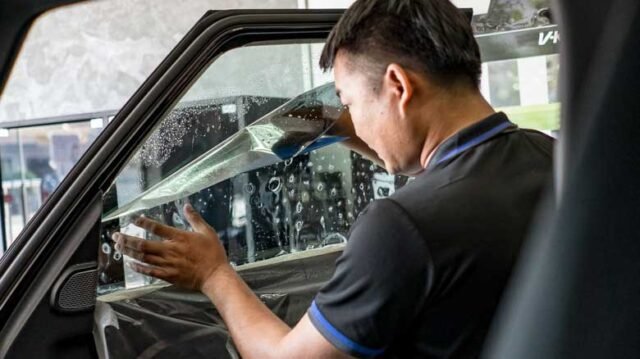Window tinting is one of the most popular car modifications for both aesthetic and functional reasons. But beyond the sleek appearance, one of the biggest selling points is window tint heat reduction. Many drivers wonder, “Does window tint really keep your car cooler?” In this article, we’ll break down the science behind heat rejection, compare different types of tints, and look at real-world results to help you decide if it’s worth it.
1. How Window Tint Blocks Heat: The Science Behind It
To understand window tint heat reduction, it helps to know how heat enters your vehicle in the first place. The sun emits light in various forms: ultraviolet (UV), visible light, and infrared (IR) radiation. Infrared light is the primary cause of heat buildup in your car’s interior.
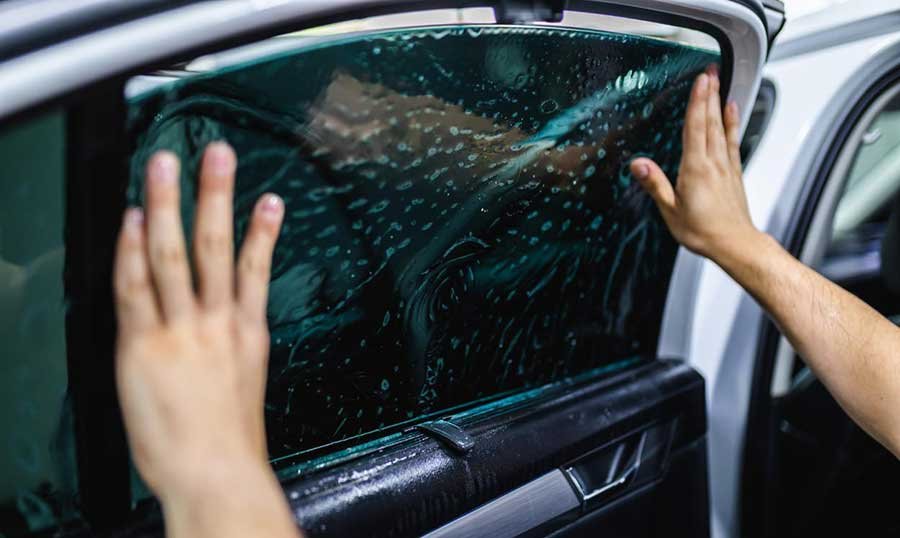
Window tints are engineered to block or absorb specific wavelengths of light. Some are designed mainly to reduce glare or UV exposure, but premium tints focus heavily on infrared rejection, which directly affects cabin temperature. By blocking a large portion of IR rays, these films dramatically reduce the amount of heat that penetrates through your windows.
2. Types of Tint and Their Heat Rejection Capabilities
Not all tints are created equal. Each type of window tint offers different levels of heat rejection, and understanding these differences is key when deciding what’s best for your vehicle.
Ceramic Tint vs Dyed Tint
Ceramic tint is widely recognized for its superior window tint heat reduction. Unlike dyed films, which primarily absorb heat, ceramic films contain non-metallic, non-conductive ceramic particles that block both UV and IR radiation without interfering with visibility or electronic signals.
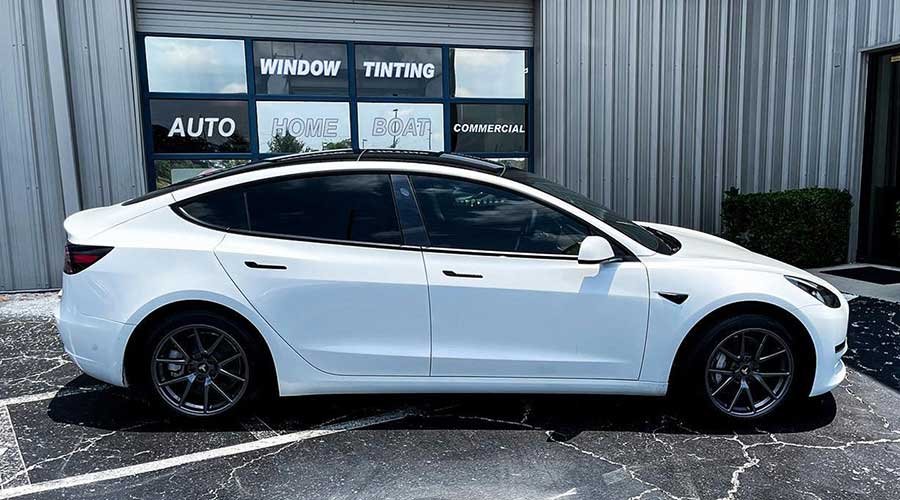
Dyed tints, on the other hand, are more affordable but offer minimal performance when it comes to rejecting heat. They primarily reduce glare and improve appearance but fall short in truly keeping your car cool.
Infrared-Reflective Tints
These tints specifically target IR radiation—the main culprit behind heat. Infrared window tint reflects or absorbs IR rays before they can enter the cabin. This technology allows the tint to remain relatively light in shade while still offering high levels of heat rejection, making it ideal for drivers who want performance without the darkened look.
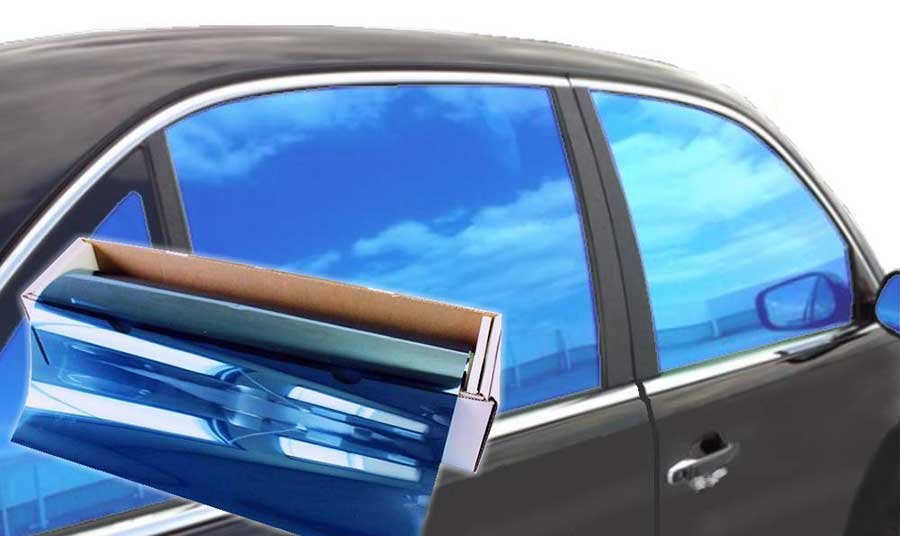
3. How Much Cooler Can a Car Get with Window Tint?
You might be wondering just how effective these films are in practice. The answer depends on the type of tint and the conditions, but studies show that quality window tint heat reduction can lower cabin temperatures by 15–25°F (about 8–14°C).
Real-World Temperature Comparisons
In one study, two identical cars were left in the sun—one with high-performance ceramic tint and one without. After an hour, the tinted car was nearly 20°F cooler. That difference can dramatically improve comfort levels and reduce your reliance on air conditioning.
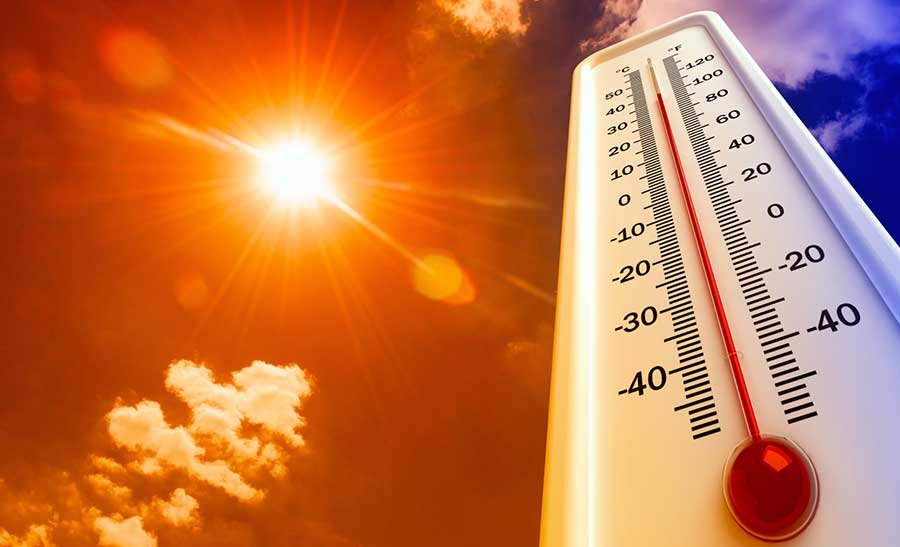
So yes, you absolutely can have a car cooler with window tint, especially when using premium films that block a high percentage of IR and UV rays.
4. Factors That Affect Tint Performance
Several variables influence how well your window tint heat reduction performs:
Tint Shade and VLT (Visible Light Transmission)
VLT refers to how much visible light passes through a tint. Darker tints generally reduce more glare and light, but VLT doesn’t always equate to better heat rejection. High-quality films with lighter VLT can still block significant amounts of IR radiation, making them effective for heat reduction without overly darkening your windows.
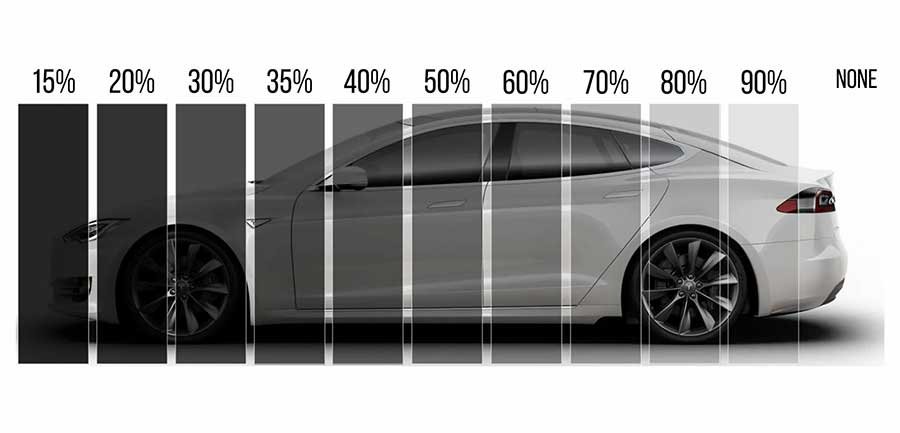
Window Size and Car Type
Larger windows and panoramic roofs allow more sunlight to enter, increasing heat buildup. SUVs, vans, and vehicles with large glass areas benefit more from high-performance tints. The same tint will have a greater impact on a car with larger glass surfaces compared to a compact car with small windows.
5. Best Window Tint Options for Maximum Heat Reduction
When you’re looking for the best tint for heat rejection, ceramic films are usually the top recommendation. Brands like 3M, Llumar, and XPEL offer high-end ceramic or nano-ceramic options that block up to 90% of IR rays.
Here’s a quick look at common options:
• Ceramic Window Tint: Best for overall heat and UV rejection, clarity, and long-lasting performance.
• Carbon Tint: Offers decent heat rejection without fading, but not as effective as ceramic.
• Dyed Tint: Least expensive but poor performance for heat control.
• Metalized Tint: Better heat rejection than dyed but can interfere with electronics.
| Type of Tint | Price | Durability | Clarity | UV Protection | Heat Rejection | Notes |
| Ceramic Tint | $$$$ | ⭐⭐⭐⭐⭐ | ⭐⭐⭐⭐⭐ | ⭐⭐⭐⭐⭐ | ⭐⭐⭐⭐⭐ Up to 90% IR | Best overall. High performance, no signal interference. |
| Carbon Tint | $$$ | ⭐⭐⭐⭐ | ⭐⭐⭐ | ⭐⭐⭐⭐ | ⭐⭐⭐⭐ ~40–60% | Good mid-range option, doesn’t fade, decent performance. |
| Metalized Tint | $$ | ⭐⭐⭐⭐ | ⭐⭐ | ⭐⭐⭐⭐ | ⭐⭐⭐⭐ ~60% | Reflects heat well, but may block GPS/cell signals. |
| Dyed Tint | $ | ⭐ | ⭐⭐ | ⭐⭐ | ⭐⭐ ~20–30% | Budget-friendly, but weak heat rejection and may fade over time. |
For those particularly concerned with comfort, the ceramic window tint cooling effect is unmatched. It may cost more upfront, but the performance and comfort gains are worth it for many drivers.
6. Other Benefits of Heat-Rejecting Window Tints
Aside from making your car more comfortable, window tint heat reduction brings several other advantages:
Interior Protection
UV and IR radiation cause upholstery, dashboards, and leather seats to fade and crack over time. A quality tint helps preserve your vehicle’s interior, extending its lifespan and maintaining resale value.
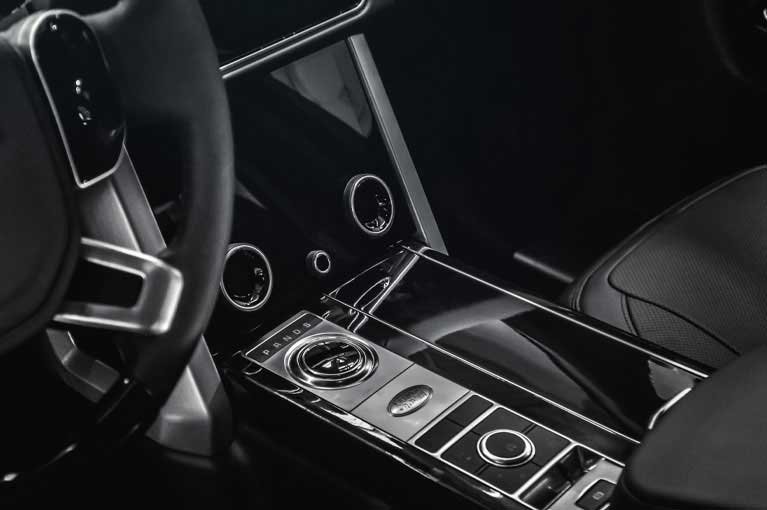
Fuel Efficiency via Less AC Usage
When your car starts cooler and stays cooler, you rely less on your air conditioning system. This translates to better fuel economy and less wear on your vehicle’s components, offering a long-term financial benefit alongside improved comfort.
7. Things to Consider Before Installing Heat-Rejecting Tint
Before committing to a window tint, keep the following in mind:
• Local Laws: Regulations around window tint vary by region, especially regarding how dark your front side windows can be. Always ensure your chosen tint is street-legal in your area. (Tint laws)
• Quality of Installation: Even the best film won’t perform well if it’s installed improperly. Choose a reputable installer to ensure a bubble-free, long-lasting result.
• Warranty and Lifespan: Top-tier films come with extended warranties and can last 10 years or more, making them a worthwhile investment.
8. Conclusion: Is It Worth It for Cooling Alone?
So, does window tint reduce heat enough to justify the cost? Absolutely—if you choose the right product. With a high-quality film, especially ceramic or infrared-reflective options, window tint heat reduction can make a significant difference in your driving comfort and vehicle performance.
While the ceramic window tint cooling effect may come with a higher price tag, the long-term benefits—cooler cabin temperatures, less AC usage, interior protection, and even improved fuel efficiency—often make it worth the investment. If keeping your car cooler with window tint is your primary goal, aim for the best tint for heat rejection you can afford.
Whether you’re trying to survive hot summer days or simply improve your driving experience, a good window tint heat reduction solution can deliver more than just shade—it can provide real, measurable comfort.




